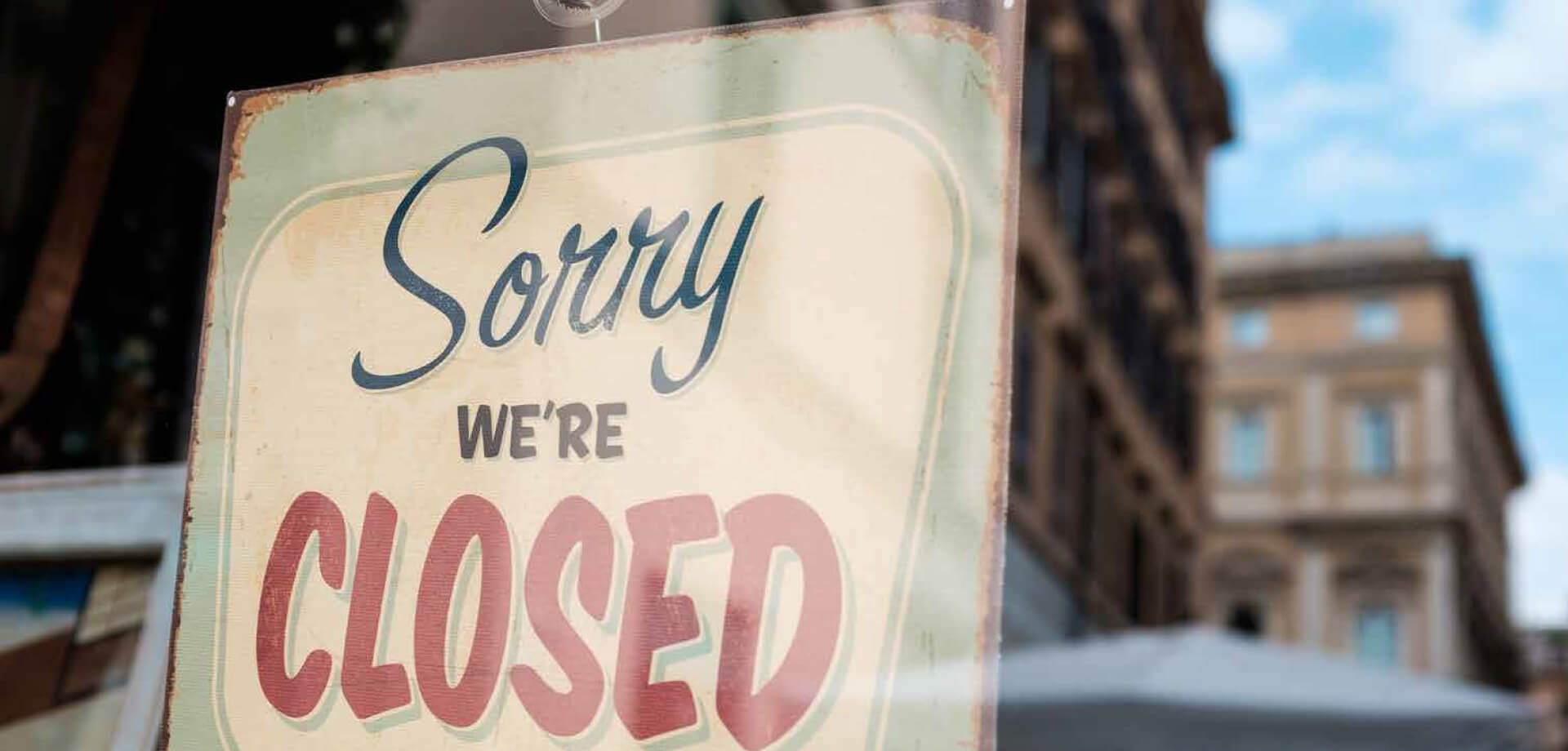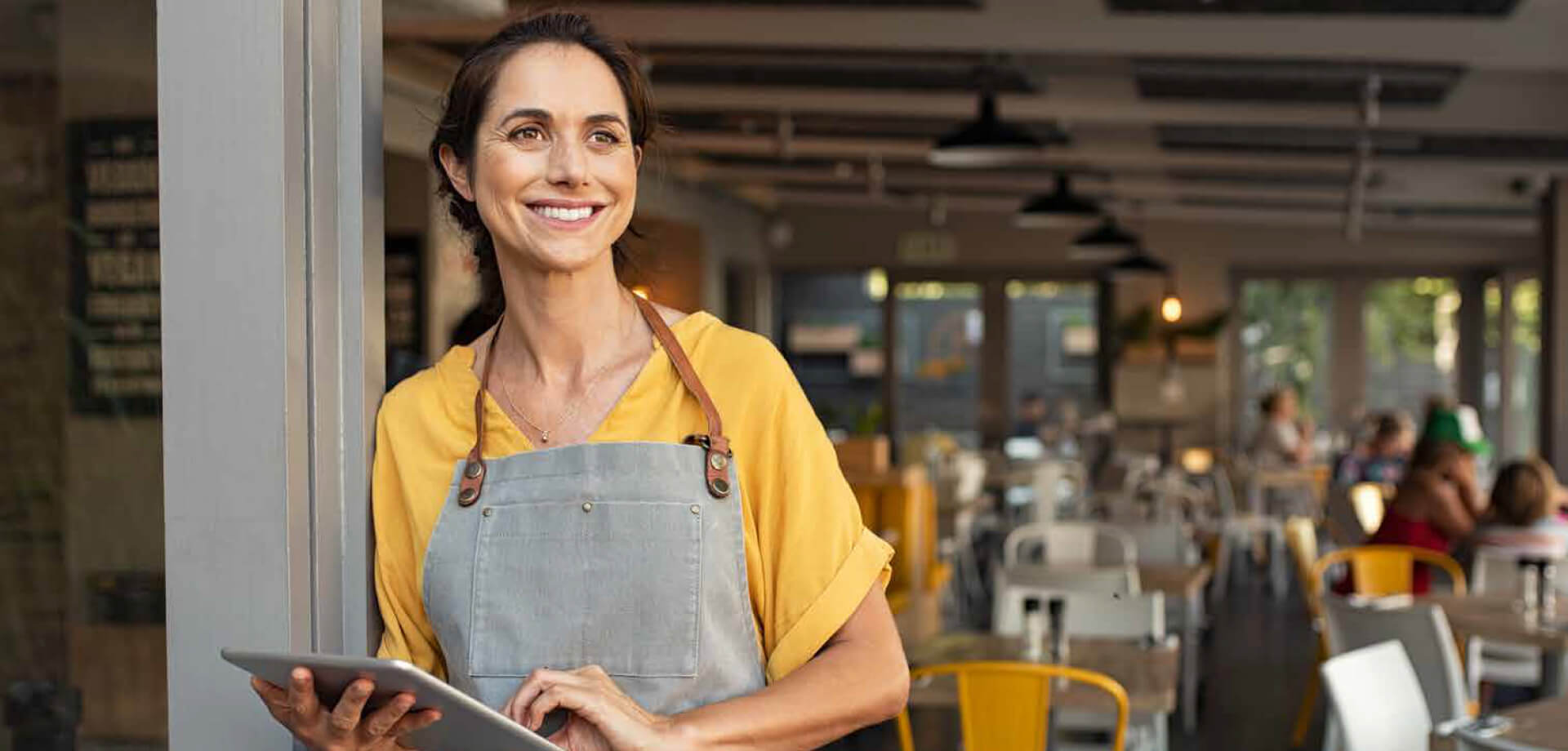Retail, at its essence, boils down to a relationship between consumers and the purveyors of goods and services. For centuries, that connection occurred primarily in brick-and-mortar retail establishments – from the family-owned shops of the 1700s, to downtown department stores in the late 1800s, to shopping malls, discount chains and superstores that saturated the landscape in the 20th century. With the advent of e-commerce in the 1990s, and the near-total adoption of cellphones over the last decade, digital, mobile and cross-channel retail has become the norm.
The rapid and disruptive growth of e-commerce and subsidized shipping, defined by its unmatched convenience and choice, quickly outpaced a poorly-timed surge of new store construction. Between 1970 and 2015, the number of malls expanded twice as fast as the U.S. population, as Wall Street investors put a premium on sales growth. This coincided with the rise of big-box “category killers” that offered wide assortments in a single segment such as electronics, sporting goods and housewares, and a surge in dollar and off-price stores riding a wave of growing income inequality -- both of which severely fragmented the department store customer base. By the time the shopping mall boom was complete, the Internet had already captured the eyeballs and wallets of many would-be in-person shoppers. Today, the U.S. has the world’s highest retail square footage per capita, but it produces the lowest level of proportionate sales: 56 square feet per person generating only about $338 per square foot, according to CBRE. The U.K. has only 13 square feet of retail per person generating an average of $708 per square foot; and China is even more efficient with only 4 square feet of retail per capita generating $1,935 per square foot. China also has the highest online sales of these countries, so if those figures were backed out of the calculation, the gap would be even more extreme.













